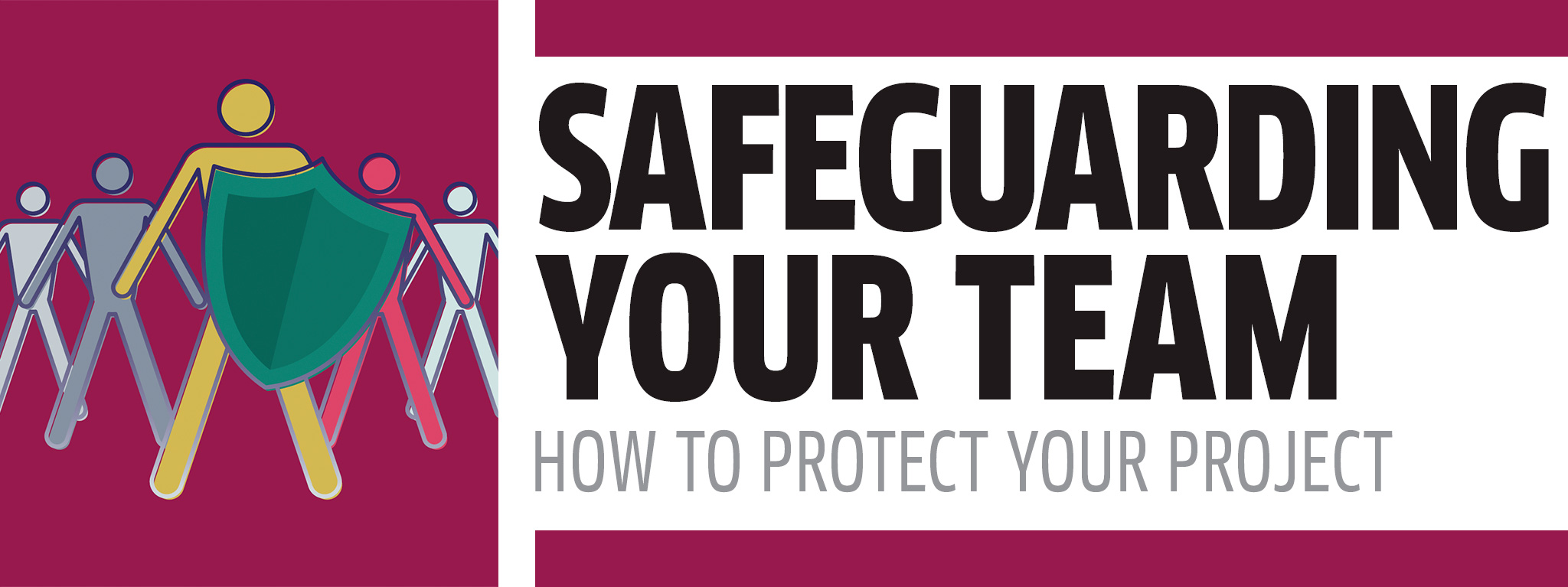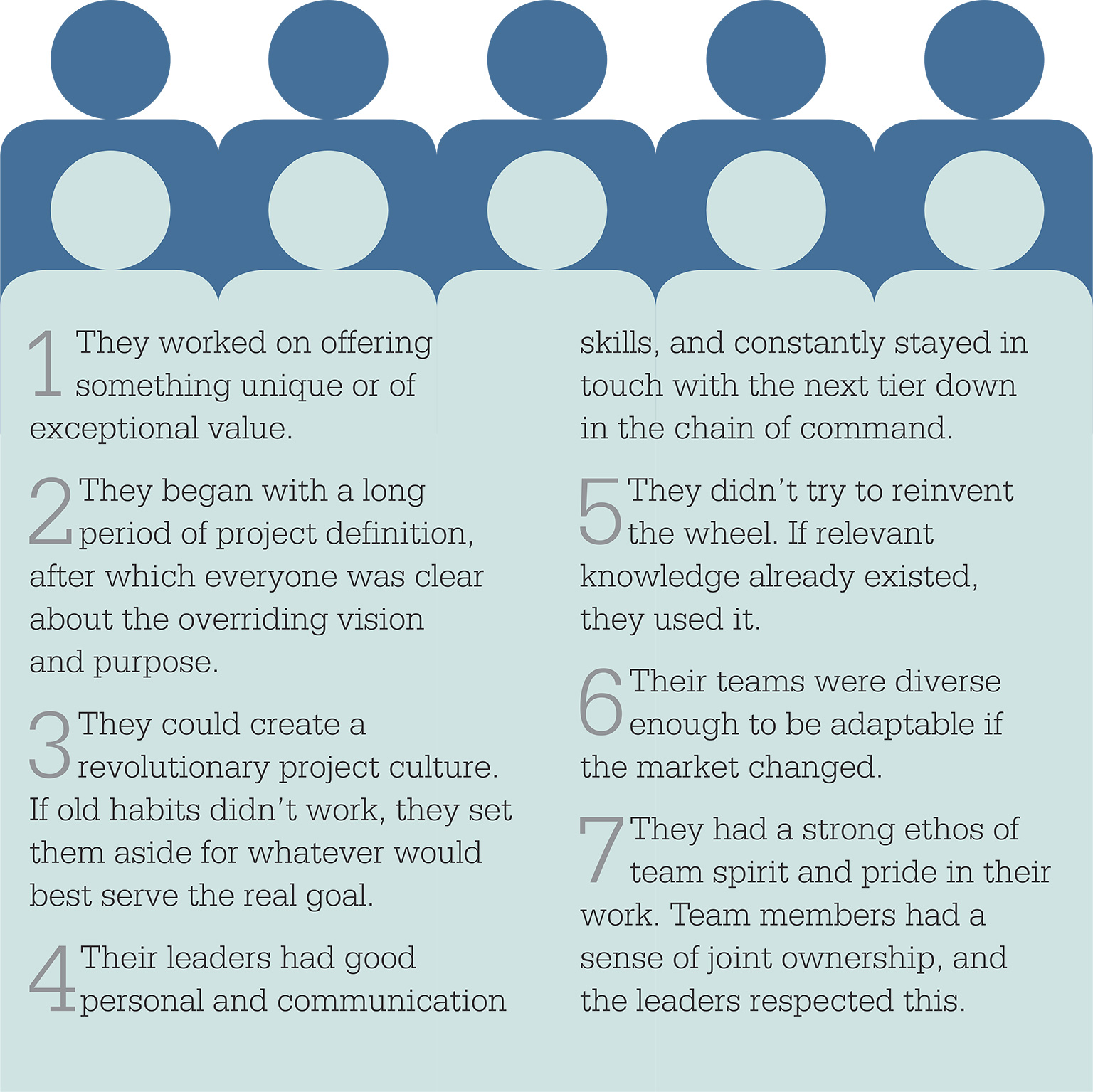
Tackling a project as a team brings many different factors into play, and sometimes things can go wrong. What’s the best way to maintain productivity and enhance group harmony?
Any group can experience conflict, low morale, and a lack of cohesion. How do you avoid these issues and give your team the best chance of success?
A good plan
It may be common sense that a well-planned project has the best chance of success, but science backs it up too: a 2013 Australian and Fijian study, for example, found that it was particularly helpful to anticipate potential risks (see “Types of risks,”). Carefully planned projects enjoyed a double benefit:
- When there was a high level of risk, well-planned projects were more efficient—that is, more likely to finish on time and budget.
- When there was a low level of risk, well-planned projects were more effective—that is, more likely to achieve good results.
For everyone to stick to a plan, they need to stay motivated and work collaboratively, which is why good management skills are important.
The key question
Multiple studies confirm that the most important part of keeping a team together is being able to answer one simple question: “Why are we doing this?” It’s discouraging and confusing not to be clear on this point, and teams that aren’t tend to lose focus and be more prone to conflict.
There are many reasons why we might not ask this question. A Massachusetts Institute of Technology (MIT) study in 2013 gave several possibilities, including a bias toward action (the team jumps to work before they’ve considered the big picture) and reaching for a familiar solution (you’ve faced similar situations before and fail to consider whether this situation is unique in some way). Instead, the MIT team suggests that you ask yourselves:
- What is our most important problem?
- Will this course of action address the real issue?
- How many potential causes can we find? Are we looking at a big enough picture?
- Are we agreed on the reason that drives the need for the project?
- Have we had frank and open discussions to bring any unspoken questions to light?
- Are we keeping to our goal, or are we straying?
That way, personal conflicts take second place, and new information can be handled in the light of your bigger, shared purpose.
The qualities of a great team
Management professors Dov Dvir and Aaron J. Shenhar have studied more than 400 projects in various industries worldwide since the 1950s, and found that the outstanding teams had several traits in common:

 types of Risks
types of Risks
While making your plans, try to anticipate potential future risks. Different theorists suggest different areas of consideration, so decide what feels right for you.
Project management expert Max Wideman suggest these five areas of consideration:
- External, unpredictable, and uncontrollable risks: e.g., weather damage to your building adds a sudden extra cost.
- External, predictable, and uncontrollable risks: e.g., your main supplier seems to be heading for bankruptcy.
- Internal, non-technical, and controllable risks: e.g., staff tensions are lowering productivity.
- Internal, technical, and controllable risks: e.g., your computer security is weak.
- Legal and controllable risks: e.g., there are copyright concerns to be investigated.
Management expert Avraham Shtub and his team suggest these three areas of consideration:
- Technical performance risks: e.g., can you ship your fragile product safely?
- Budget risks: e.g., will you have enough money to pay everyone next year?
- Schedule risks: e.g., can you meet an upcoming deadline?
